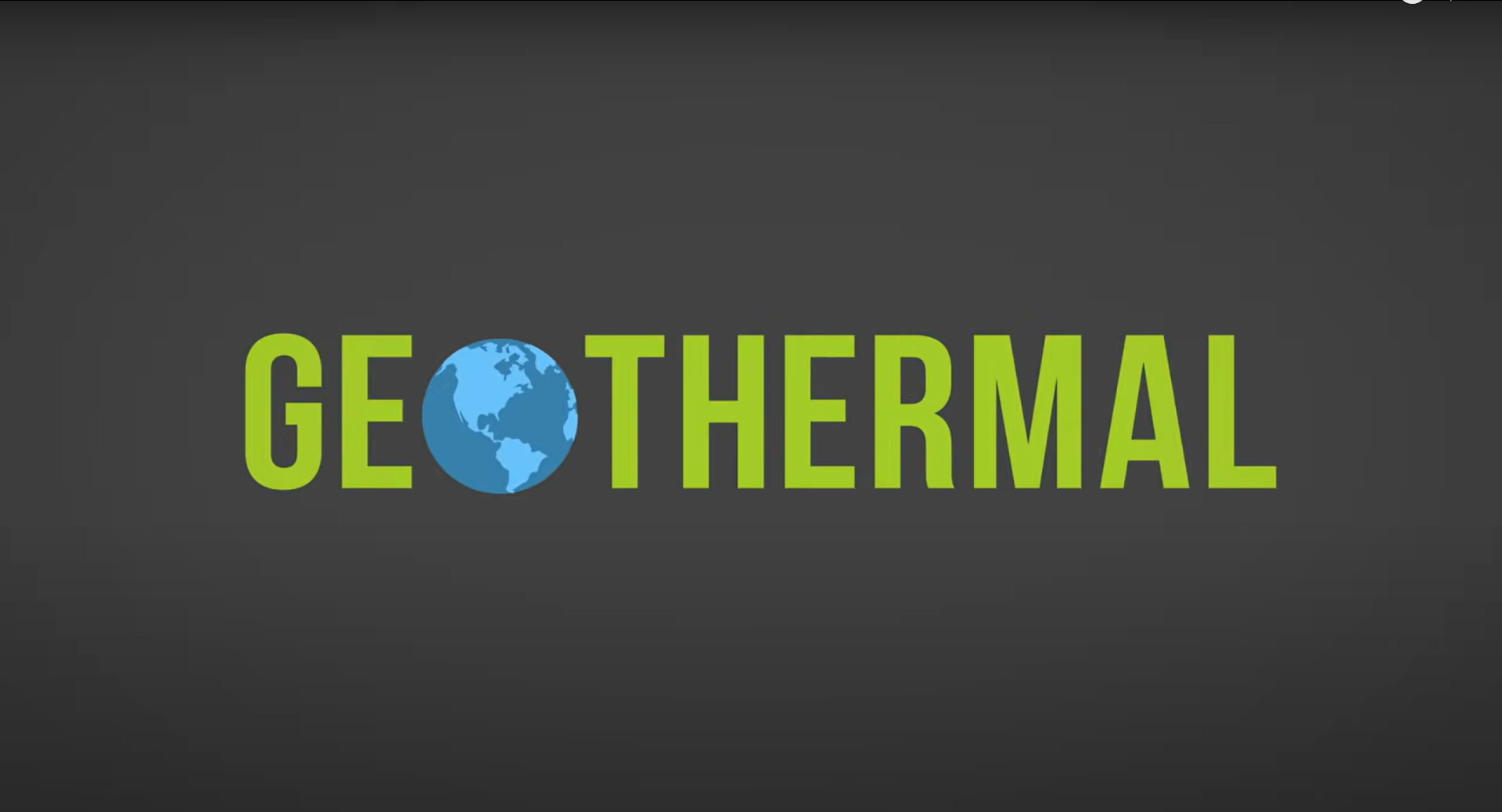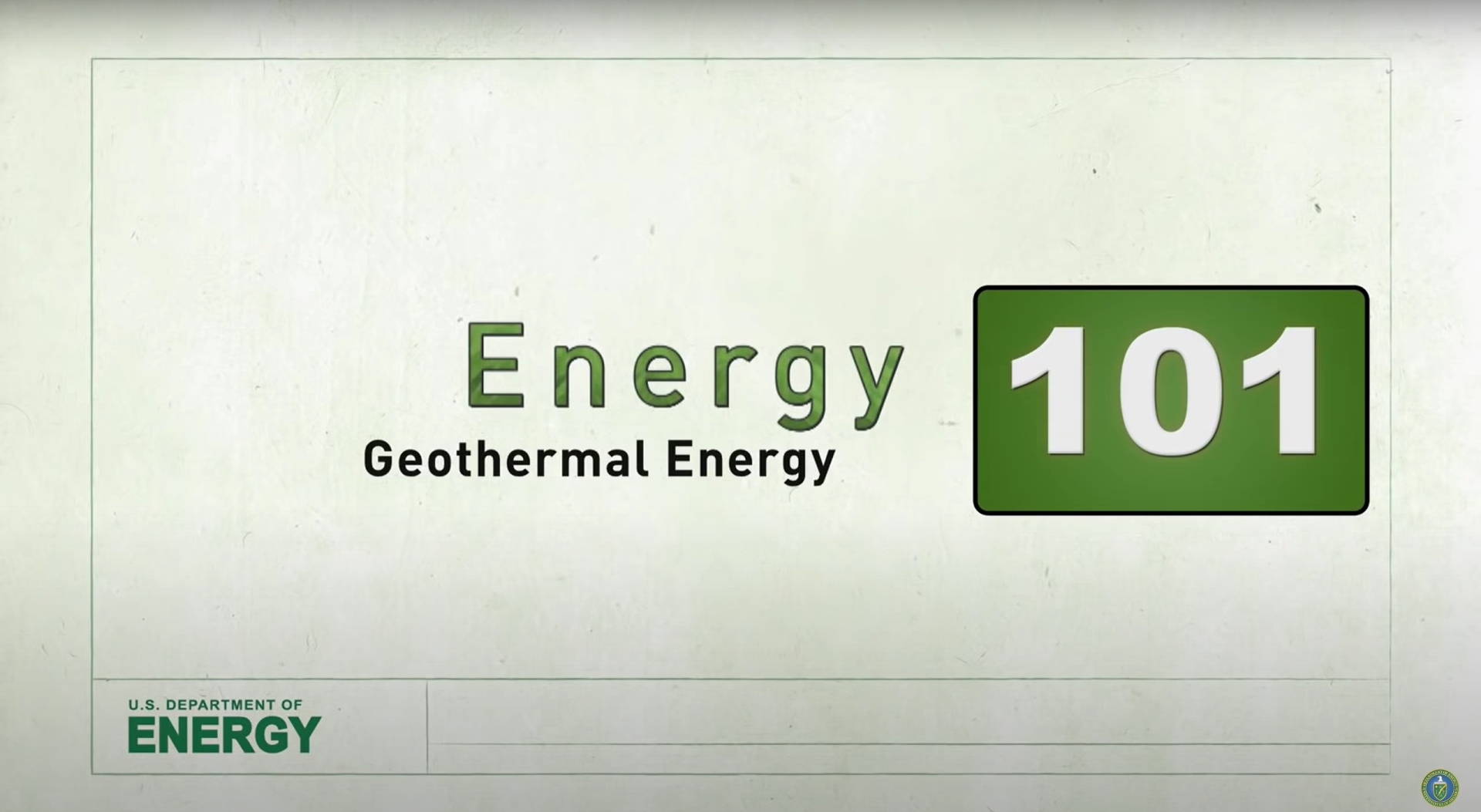Resources
What is Geothermal Energy?
Geothermal energy is deep underground in hot rocks and water. Geothermal is an attractive resource because it provides constant baseload power 365 days a year, 24/7.
To harness geothermal energy, heat is transferred through water and steam flowing through porous rock. If the flow rate is high enough, the heat resource can be drawn to the surface through a well.
Once the geothermal brine is brought to the surface, the heat is extracted to generate electricity through a power plant or used as direct heat. Applications of direct use heat can include agriculture production, heating buildings, or tourism. Utilizing the excess heat is especially beneficial in Northern climates.

Geothermal 101 Video
Geothermal energy refers to the production of energy using the internal heat of the Earth’s crust. This video explains the process with a easy to follow along visual diagrams

Energy 101: Geothermal Energy Video
The video highlights the basic principles at work in geothermal energy production, and illustrates three different ways the Earth’s heat can be converted into electricity.
Want to learn more?
We recommend the following sites that provide introductory knowledge, reporting, and learning resources about geothermal energy.
Geothermal Canada
Geothermal Canada is a not-for-profit organization committed to advancing science and promoting geothermal research and development in Canada.
GeoScience BC
Geoscience BC generates independent, public geoscience research and data about British Columbia’s minerals, energy and water resources.
Geothermal Rising
To connect the geothermal community and champion geothermal energy in the United States and around the world.
BC Geoheat
Learning modules in video format as well as case studies, resources, and reports.
International Renewable Energy Agency
IRENA promotes the widespread adoption and sustainable use of all forms of renewable energy.
Still have questions?
Pleae visit our frequesntly asked qeustions page below.
